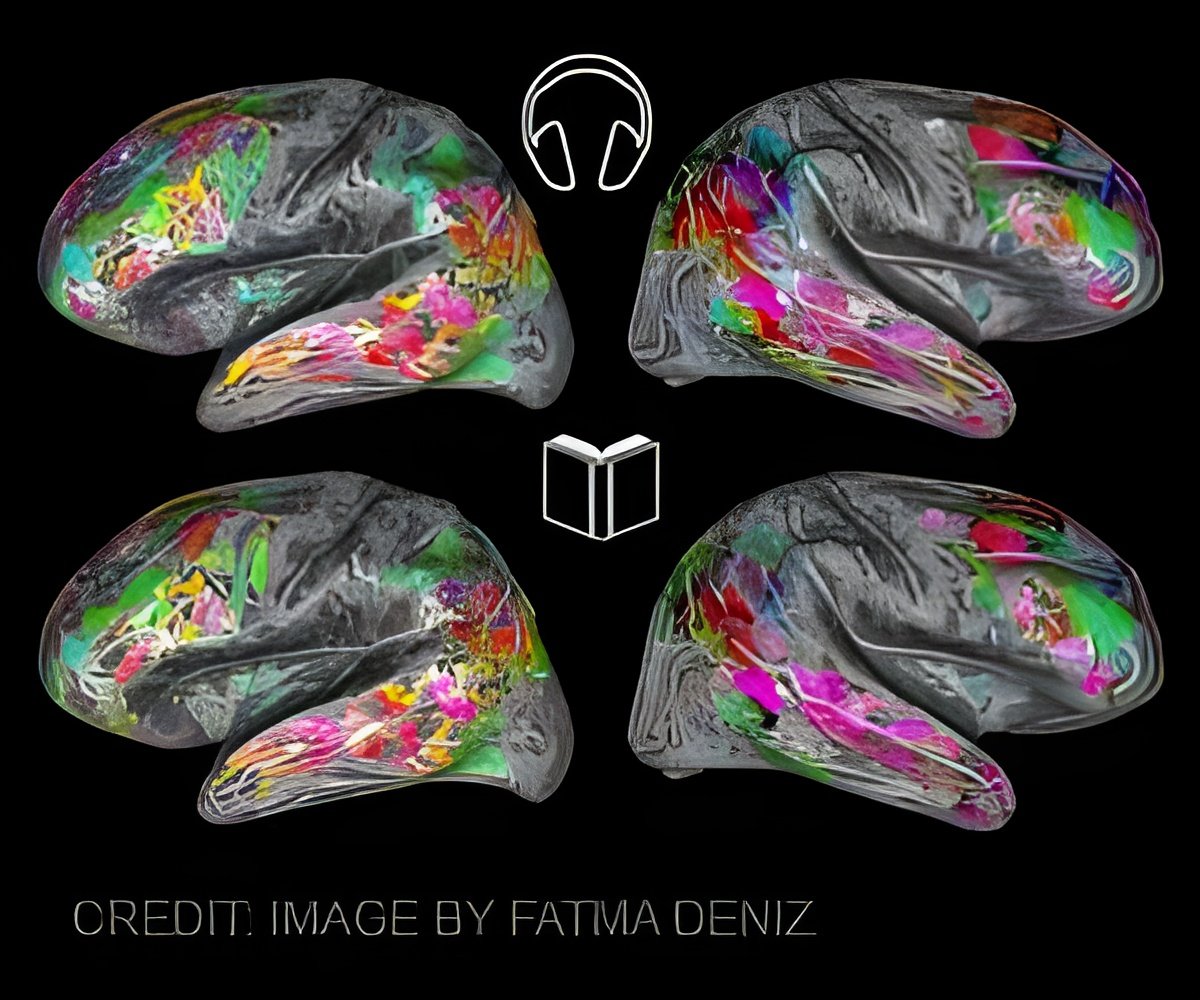Novel olfactory virtual reality system allows researchers to study how smell influences behavior

‘By using a virtual reality system made of smells instead of audio and visuals, a smell virtual landscape was created in which smells can be controlled and maintained.’





"We have invented what we jokingly call a ’smellovision,’" said Daniel A. Dombeck, associate professor of neurobiology in Northwestern’s Weinberg College of Arts and Sciences, who led the study. "It is the world’s first method to control odorant concentrations rapidly in space for mammals as they move around." Researchers have long known that odors can guide animals’ behaviors. But studying this phenomenon has been difficult because odors are nearly impossible to control as they naturally travel and diffuse in the air. By using a virtual reality system made of smells instead of audio and visuals, Dombeck and graduate student Brad Radvansky created a landscape in which smells can be controlled and maintained.
"Imagine a room in which each position is defined by a unique smell profile," Radvansky said. "And imagine that this profile is maintained no matter how much time elapses or how fast you move through the room."
That is exactly what Dombeck’s team developed, using mice in their study. Aided by a predictive algorithm that determined precise timing and distributions, the airflow system pumped scents - such as bubblegum, pine and a sour smell - past the mouse’s nose to create a virtual room. Mice first explored the virtual environment through both visual and olfactory cues. Researchers then shut off the visual virtual reality system, forcing the mice to navigate the room in total darkness based on olfactory cues alone. The mice did not show a decrease in performance. Instead, the study indicated that moving through a smell landscape engages the brain’s spatial mapping mechanisms.
Not only can the platform help researchers learn more about how the brain processes and uses smells, it could also lay the groundwork for human applications.
Advertisement
Advertisement









